
Introduction
In the gold mining industry, the treatment of cyanide-poor liquid is of great significance. Cyanide-poor liquid, such as the solution after gold extraction in cyanidation process, contains various pollutants, especially cyanide compounds, which can cause serious environmental pollution if not properly treated. Therefore, developing efficient and cost-effective Treatment methods for cyanide-poor liquid is an urgent task. This blog post focuses on the experimental study of treatment methods for cyanide-poor liquid in a certain Gold mine, aiming to provide valuable insights and references for the industry.
Overview of Cyanide-Poor Liquid Treatment Methods
Generally, the treatment methods for cyanide-poor liquid can be roughly divided into two categories: purification methods and recovery (regeneration) methods.
Purification Methods
1.Alkali-Chlorine Oxidation Method
This is a relatively mature method for destroying cyanides in wastewater and is widely used in electroplating plants, coking plants, and gold smelting plants. Under the condition of pH 11 - 12. Cyanides and metal complex ions in cyanide-containing wastewater are oxidized into cyanates, and then chlorine is added a second time to oxidize them into carbon dioxide, nitrogen, etc.
Advantages: The process is relatively mature, with good treatment effects and wide application. The treatment process can be easily automated.
Disadvantages: Cyanides cannot be recycled, the treatment cost is high, and it cannot remove iron-cyanide complexes. There is also the problem of secondary pollution.
2.Sulfur Dioxide - Air Oxidation Method
In a stirred container, the waste liquid is added, and air and SO₂ (liquid or gas, or sulfite solution, or obtained by burning elemental sulfur) are introduced. The pH is controlled at 7 - 10. and lime is used to neutralize the acid generated during the oxidation reaction. The reaction requires the presence of soluble copper (as a catalyst).
The Inco - SO₂/air oxidation method can decompose all cyanides, including iron-cyanides, and iron-cyanides can be precipitated and removed using some safe and inexpensive reagents.
3.Hydrogen Peroxide Method
This process is suitable for treating low - concentration cyanide-containing wastewater. Hydrogen peroxide can oxidize cyanide in tailings into relatively weak and easily hydrolyzed cyanic acid (HCNO), which is then removed by further oxidation and hydrolysis.
4.Ozone Oxidation Method
Ozone is a strong oxidizing agent. When used to treat cyanide-containing wastewater, it is more complete than the alkali-chlorine oxidation method, with better cyanide removal effects. After ozonation, the dissolved oxygen in the wastewater solution increases, which can be returned to the cyanidation system for recycling, facilitating the dissolution of gold and improving the gold leaching efficiency.
Advantages: The operation is simple and convenient, easy to control, and the degree of production automation is high. Ozone can be produced on - site, which is of great significance for cyanidation plants with inconvenient transportation but sufficient power supply. The purification efficiency is high, and no secondary pollution is generated.
Disadvantages: The power consumption for producing ozone is large, and the production cost is high, which limits its wide application.
5.Electrolytic Oxidation Method
Before electrolysis, first adjust the pH of the cyanide-poor liquid to >7. add a small amount of salt, use graphite as the anode and titanium plate as the cathode, and use an alkaline copper - zinc aqueous solution as the electrolyte. When direct current is passed, metal copper and zinc are produced at the cathode, and hydrogen is also generated. At the anode, CN⁻ is oxidized into CNO⁻, CO₂, N₂, and Cl⁻ is oxidized into Cl₂, and Cl₂ enters the solution to generate HClO.
6.Microbial Oxidation Method
This method uses the biochemical properties of microorganisms to decompose cyanides, thiocyanates, and iron-cyanides, generating ammonia, carbon dioxide, and sulfates, or hydrolyzing cyanides into formamide. At the same time, bacteria adsorb heavy metal ions, causing them to fall off with the biofilm and be removed.
Important Feature: The temperature needs to be maintained above 10℃ at all times to maintain a reasonable cyanide removal rate.
Recovery (Regeneration) Methods
1.Acidification Method
The main principle of this method is to add sulfuric acid to the cyanide-containing wastewater, adjust the pH to about 1.5. and convert CN⁻ into HCN. The escaped HCN gas is introduced into an absorber and absorbed by an alkaline solution (sodium hydroxide or calcium hydroxide solution) to obtain a 20% - 30% cyanide solution, which can be recycled.
Advantages: This process can maximize the recovery of cyanides, improve the effective utilization rate of cyanides, and reduce production costs.
Disadvantages: The one - time investment cost is large, the process flow is complex, and it is difficult for the treated cyanide-containing residual liquid to meet the discharge standards.
2.Ion Exchange Method
In the treatment of cyanide-poor liquid, ion exchange resins can be used to enrich cyanides.
3.Adsorption Method
Activated Carbon Adsorption: The adsorption of activated carbon mainly depends on its numerous internal pores and large specific surface area. The adsorption process includes physical adsorption and chemical adsorption. The removal of cyanide mainly has three ways: oxidation, hydrolysis, and stripping. The main process is the oxidative decomposition reaction of cyanides in cyanide-containing wastewater with hydrogen peroxide on the surface of activated carbon.
4.Solvent Extraction Method
Solvents are used to extract valuable components and cyanides from cyanide-poor liquid.
5.Liquid Membrane Method
In the treatment of cyanide-poor liquid, the oil - in - water system is mainly used. The basic principle is: first, acidify the cyanide-containing wastewater to convert the cyanide ions in it into HCN. HCN passes through the oil - phase liquid membrane into the inner water phase and then reacts with NaOH to generate NaCN.
6.Electrodialysis Method
This method uses an electric field to drive the migration of ions through ion - exchange membranes to achieve the separation and recovery of substances.
Experimental Study on a Gold Mine's Cyanide-Poor Liquid
Background of the Experiment
The cyanide-poor liquid of a certain gold mine has a particularly high total cyanide content, reaching up to 13000mg/L. Such high - concentration cyanide - containing wastewater poses a great threat to the environment and requires effective treatment.
Experimental Methods
1.H₂O₂ + ClO₂ + C Adsorption Method
In this method, hydrogen peroxide (H₂O₂) and chlorine dioxide (ClO₂) are first used as oxidants to oxidize the cyanides in the cyanide - poor liquid. Then, activated carbon (C) adsorption is carried out to further remove the remaining pollutants.
2.Three - Stage Oxidation (H₂O₂ + Catalyst “M”) + Chlorination Aeration + C Adsorption Method
Three - Stage Oxidation: Hydrogen peroxide (H₂O₂) and a specific catalyst “M” are used for three - stage oxidation. This is to ensure a more thorough oxidation of various cyanide compounds, including complex cyanides.
Chlorination Aeration: After the three - stage oxidation, chlorination aeration is carried out. Chlorine is introduced into the liquid while aerating, which can further oxidize the remaining cyanide - related substances and some other reducible pollutants.
C Adsorption: Finally, activated carbon adsorption is used to adsorb the remaining fine - grained pollutants and any residual cyanide - related substances to achieve the goal of purifying the cyanide - poor liquid.
Experimental Results and Comparison
1.H₂O₂ + ClO₂ + C Adsorption Method
This method achieved a certain degree of cyanide removal, but the final total cyanide content in the treated liquid was still relatively high, failing to meet the strict national discharge standards.
2.Three - Stage Oxidation (H₂O₂ + Catalyst “M”) + Chlorination Aeration + C Adsorption Method
This method showed more satisfactory results. The final total cyanide content was reduced to 0.44mg/L, which meets the national discharge standards. In addition, the content of other heavy metals also met the relevant national standard requirements.
Cost - Effectiveness: In terms of cost, although the three - stage oxidation process with a catalyst and additional chlorination aeration requires more complex operations and the use of certain catalysts and chlorine, overall, compared with some other overly complex or high - cost methods, the cost is relatively reasonable. It can effectively treat high - concentration cyanide - poor liquid while controlling costs within an acceptable range.
Conclusion
The treatment of cyanide - poor liquid in gold mines is a complex but crucial task. Through the experimental study on the cyanide - poor liquid of a certain gold mine, it can be seen that different treatment methods have their own advantages and disadvantages. The three - stage oxidation (H₂O₂ + catalyst “M”) + chlorination aeration + C adsorption method shows relatively ideal treatment effects and cost - effectiveness for the cyanide - poor liquid with high total cyanide content in this gold mine. However, continuous research and improvement are still needed in the future to develop more efficient, cost - effective, and environmentally friendly treatment methods to better meet the requirements of environmental protection and sustainable development in the gold mining industry.
- Random Content
- Hot content
- Hot review content
- Toxicity Assessment of Sodium Cyanide and Relevant Hazard Prevention Measures
- Salicylhydroxamic acid / Salicyl Hydroximic Acid 60%Min
- Industrial grade sodium hexametaphosphate 68% SHMP
- Expanded AN explosive
- Sodium bisulfite 99% High Quality Factory Supply
- Ferrous Sulfate Industrial Grade 90%
- Potassium Permanganate – Industrial Grade
- 1Discounted Sodium Cyanide (CAS: 143-33-9) for Mining - High Quality & Competitive Pricing
- 2Sodium Cyanide 98% CAS 143-33-9 gold dressing agent Essential for Mining and Chemical Industries
- 3Sodium Cyanide 98%+ CAS 143-33-9
- 4Anhydrous Oxalic acid 99.6% Industrial Grade
- 5Soda Ash Dense / Light 99.2% Sodium Carbonate Washing Soda
- 6Oxalic acid for mining 99.6%
- 7Calcium hydroxide Industrial Grade 90%
- 1Sodium Cyanide 98% CAS 143-33-9 gold dressing agent Essential for Mining and Chemical Industries
- 2High Quality 99% Purity of Cyanuric chloride ISO 9001:2005 REACH Verified Producer
- 3 High-Quality Sodium Cyanide for Leaching
- 4Powdery emulsion explosive
- 5Industry Grade Electron grade 98% Sulfuric Acid H2SO4 Sulphuric Acid Battery Acid Industrial Sulfuric Acid
- 6Colloidal emulsion explosive
- 7sodium hydrosulfide 70% flakes used Mining Industry

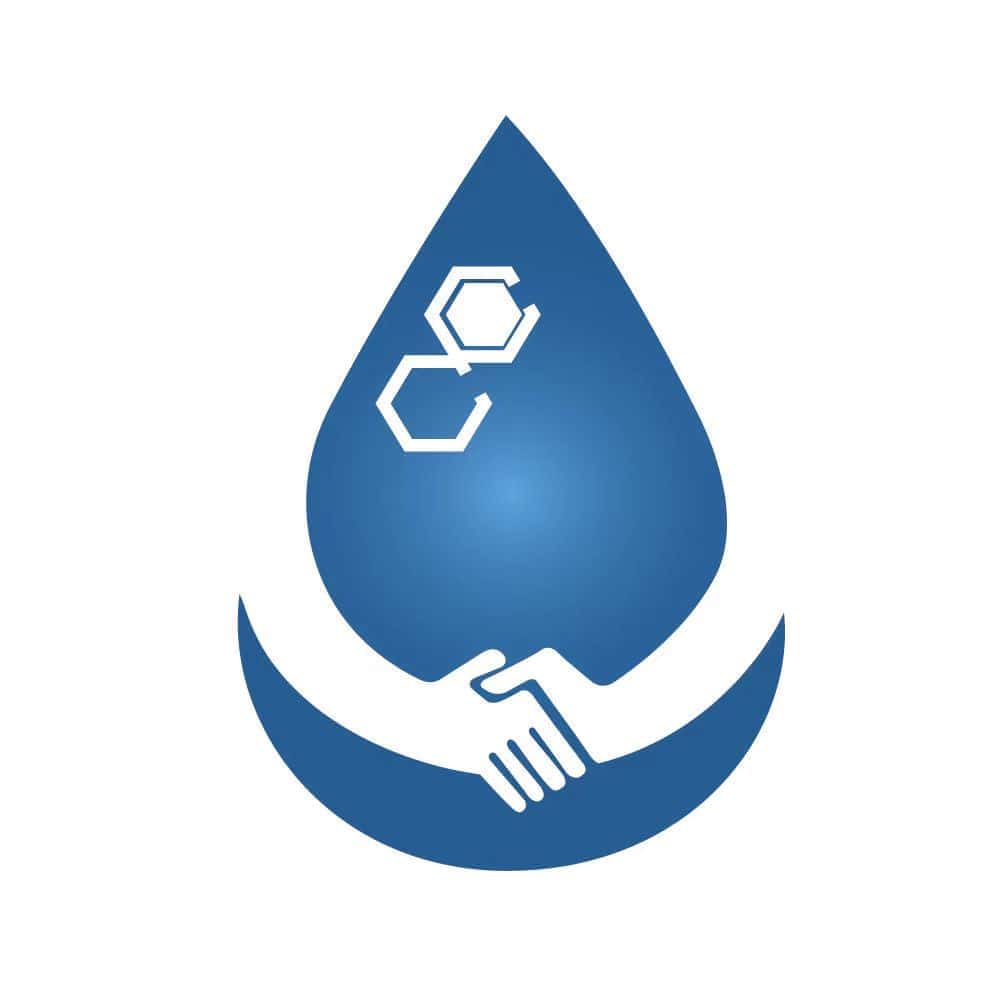
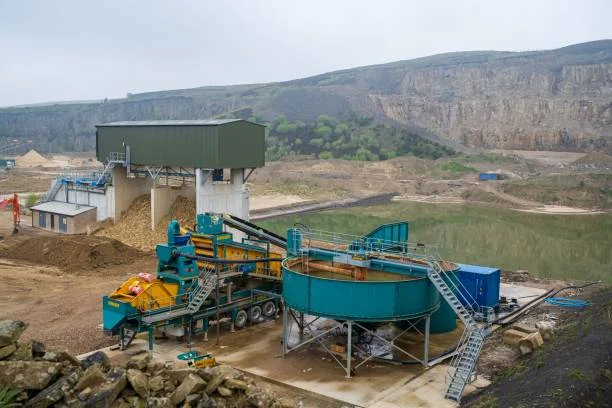
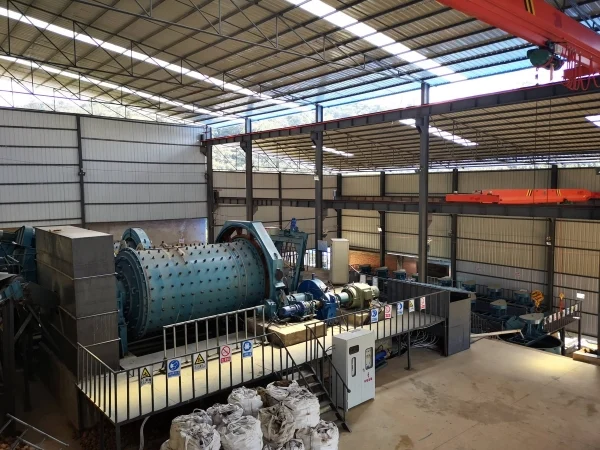
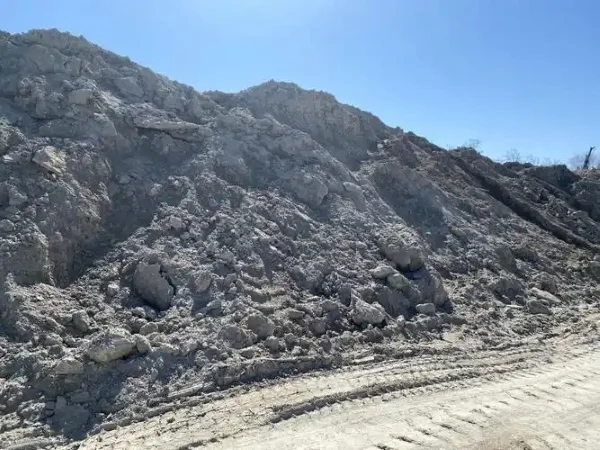
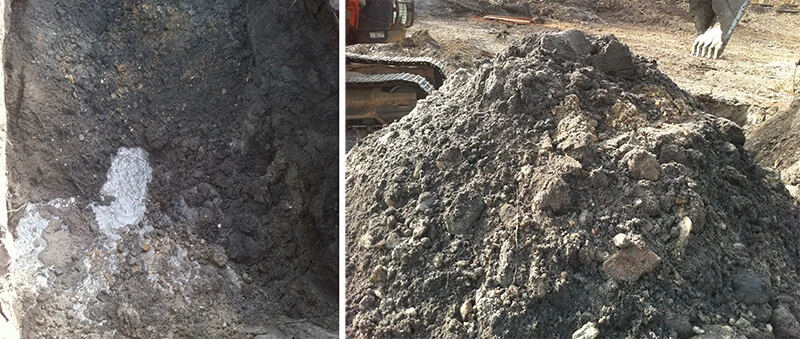
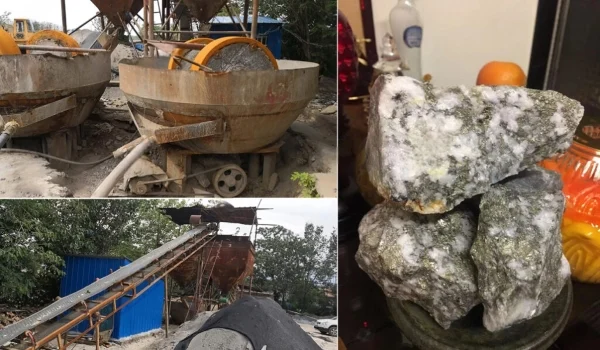
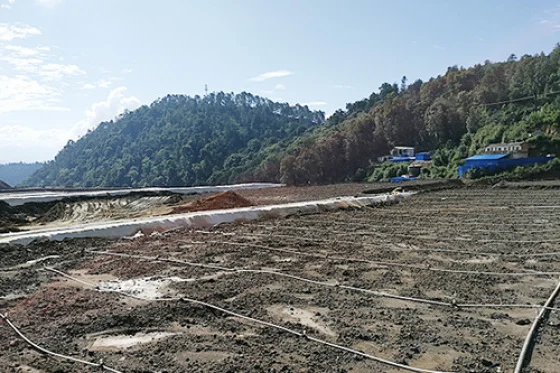
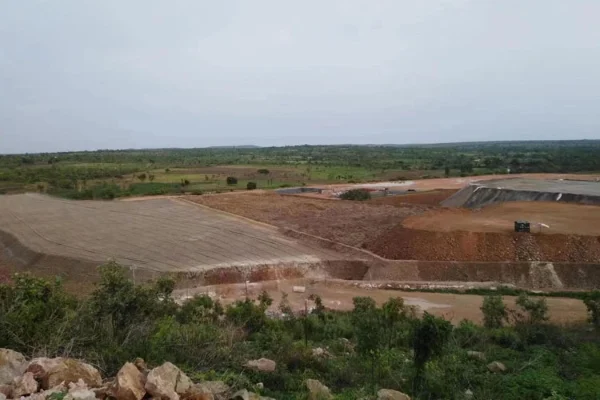


Online message consultation
Add comment: